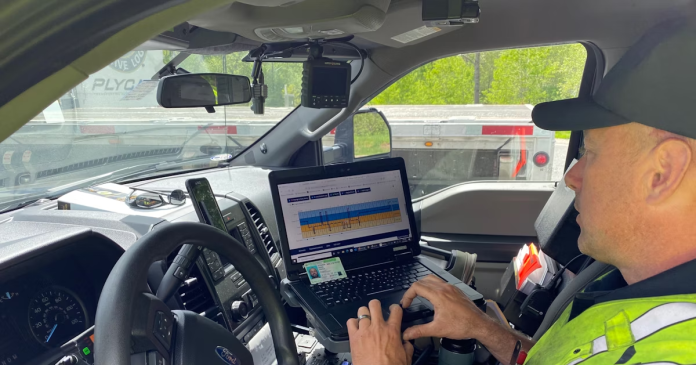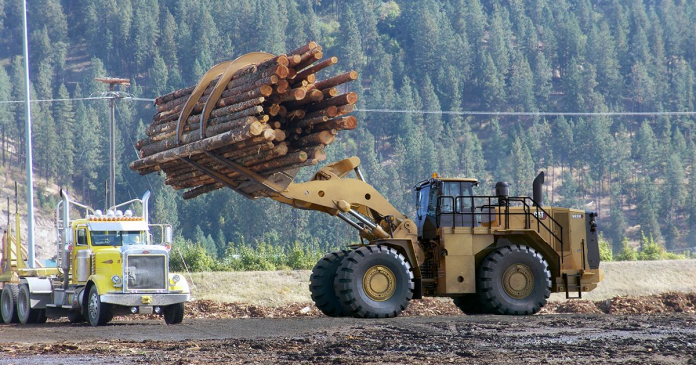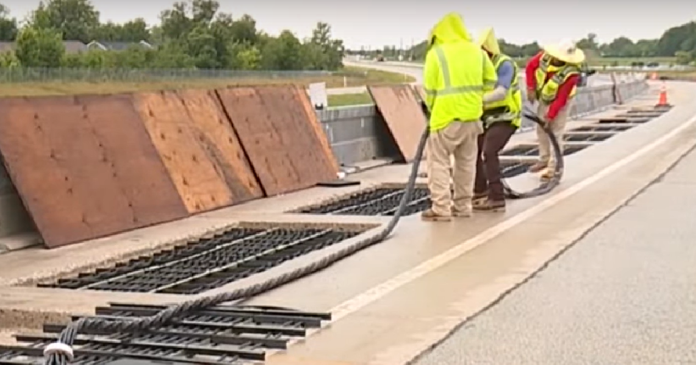ISAAC’s built-for-trucking platform proves to be a game changer
More and more trucking fleets across North America are discovering the reliability and uptime advantages that come with selecting the ISAAC platform.
“With old [telematics] providers, we had devices coming into our help desk and devices going out,” said David Maxim, Director of Operations with Quality Carriers, one of the largest tank haulers in North America. “We don’t have that anymore. With ISAAC, they just work. If there is an issue, it’s troubleshooted, normally in the cab, and in 5-10 minutes we’re good to go. It doesn’t result in truck downtime or device removal.”
From ISAAC’s rugged, built-for-trucking tablet to the communication gateway, connected camera system and other components, every step in the hardware delivery journey features detailed quality control and scrutiny, said David Arsenault, ISAAC’s Director of Hardware Development. That includes all contract manufacturers and suppliers, as well as strict control at the ISAAC factory to guarantee the quality of ISAAC’s in-cab devices and other hardware. While some materials might be sufficient for consumer-grade devices, they won’t last long under the harsh environment of trucking.
“Our No. 1 focus at ISAAC is to make sure all of our hardware can handle the tough reality of the trucking business,” said J.S. Bouchard, Co-Founder and Chief Product Officer of ISAAC. “We know how costly it is for our fleet clients if there is any downtime. Our entire process revolves around making sure all our products stand the test of time.”
ISAAC CEO and Co-founder Jacques DeLarochelliere said that philosophy is an extension of the company’s initial roots in aeronautics and auto racing. In those industries, any failure could have catastrophic consequences. Likewise, for truck drivers, any unplanned downtime negatively impacts their quality of life, so ISAAC remains proactive to address any potential issues before its hardware reaches the market, he said.
ISAAC’s quality measures include numerous certifications and tests to ensure the products can withstand all conditions. Among them are electrical and mechanical tests to cover extreme vibrations, shocks, temperatures and water resistance. Painstaking efforts are also made to ensure installation can be done quickly and efficiently.
Another critical step to ensuring long-term hardware reliability for all ISAAC’s clients is the beta testing with long-standing trucking fleets. This can often be a lengthy process, but it allows ISAAC to pinpoint any vulnerabilities that need to be addressed before a wider rollout.
“If any defective product is found in the assembly line or in the field, ISAAC is not content with just replacing it. We analyze each case, understand what happened and, if needed, apply a corrective action,” said Arsenault. He added the same quality standards extend to the ISAAC Temporary Installation Kit, which allows fleets with a short-term need to use ISAAC’s in-cab platform without a full-fledged, permanent installation.
Sometimes, what seems like a minor detail can actually create major frustrations for drivers. For example, several years ago ISAAC was using an off-the-shelf docking station with the tablet. However, in-cab vibrations were causing charging issues and some device failures. In response, ISAAC’s team went to work, developing a proprietary, rugged dock using only the highest quality components.
These efforts are not lost on the fleet clients that rely on ISAAC to keep the wheels turning.
“The word ‘reliability’ comes to mind,” said Lou Giardelli, Director of IT with Veltri Inc., which has returned only one device in over two and a half years since choosing ISAAC.
It’s a similar story for Ann Reifsnyder, Safety Director of Peters Brothers Trucking. “My shop only installs an ISAAC when I get a new unit. They don’t have to touch it any other time. It’s basically set and forget.”
The operational differences are seen out on the open road by Peters’ drivers.
In the past, “drivers were having trouble in the wintertime during the extreme cold temperatures or in the summer when they were in Texas and it was 110 degrees out and the tablet wouldn’t turn on because the battery had been fried,” Reifsnyder said. “So, we definitely had challenges. The shop was constantly tasking dashes apart to change the hardware out that wasn’t reliable. There was no endurance to it.”
DeLarochelliere believes these comments are strong evidence that the company’s hardware efforts are paying off for fleet clients.
“That’s how you get the reliable hardware we have. We don’t skip any steps. Even the smallest details can make a huge difference to trucking fleets,” DeLarochelliere said.
ISAAC’s built-for-trucking tablet, communication gateway and connected camera system are among the components fleet clients depend on.
For more information, please visit ISAAC Instruments.























